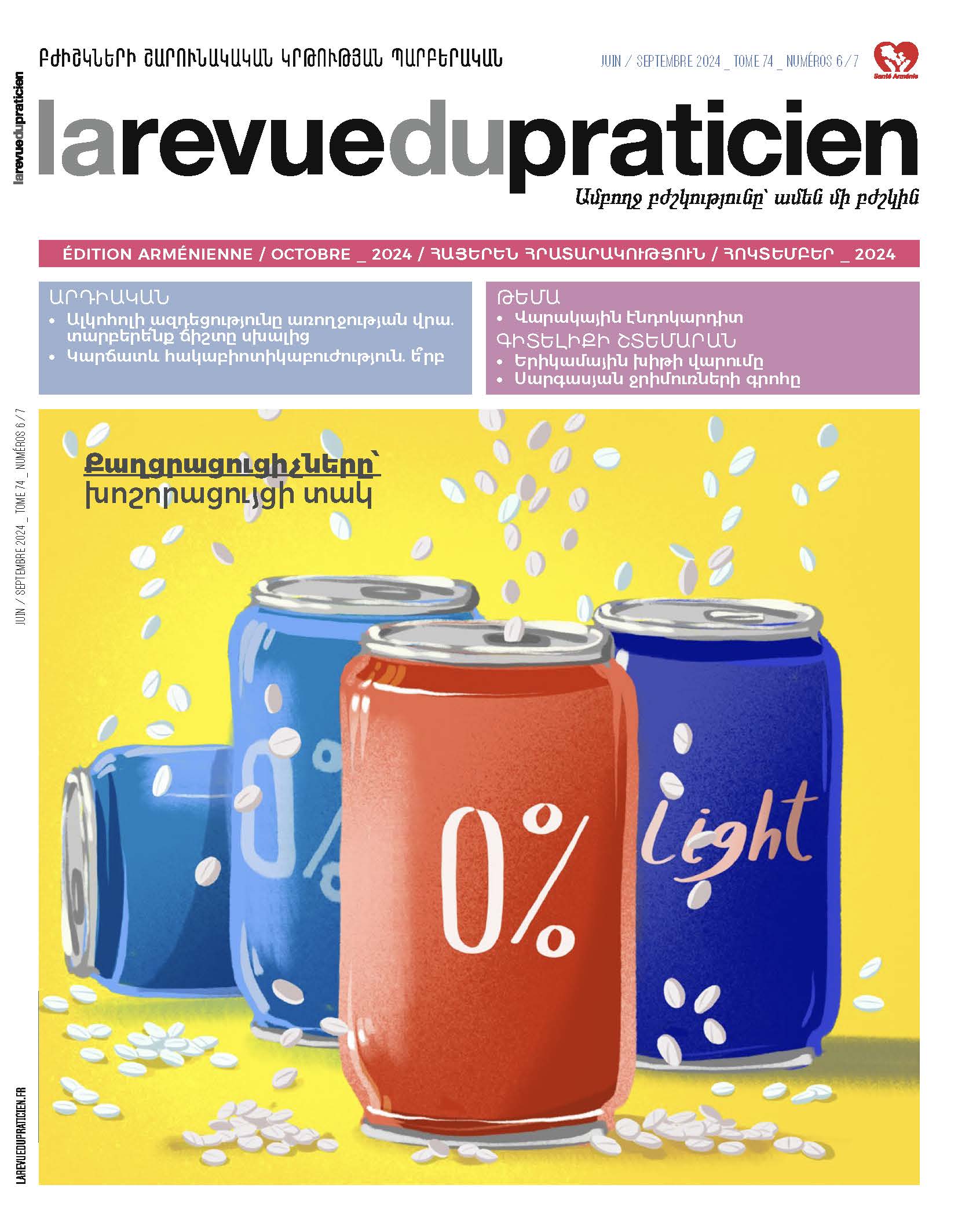Осложнения инфекционного эндокардита 43
Faouzi Trojette, Chloé Di Lena, Yohann Bohbot, Dan Rusinaru, Christophe Tribouilloy.
Аннотация отсутствует
MeSH :
Endocarditis/complications,
Endocarditis/diagnosis,
Endocarditis/etiology,
Endocarditis,
Humans.
Ключевые слова :
Эндокардит.
